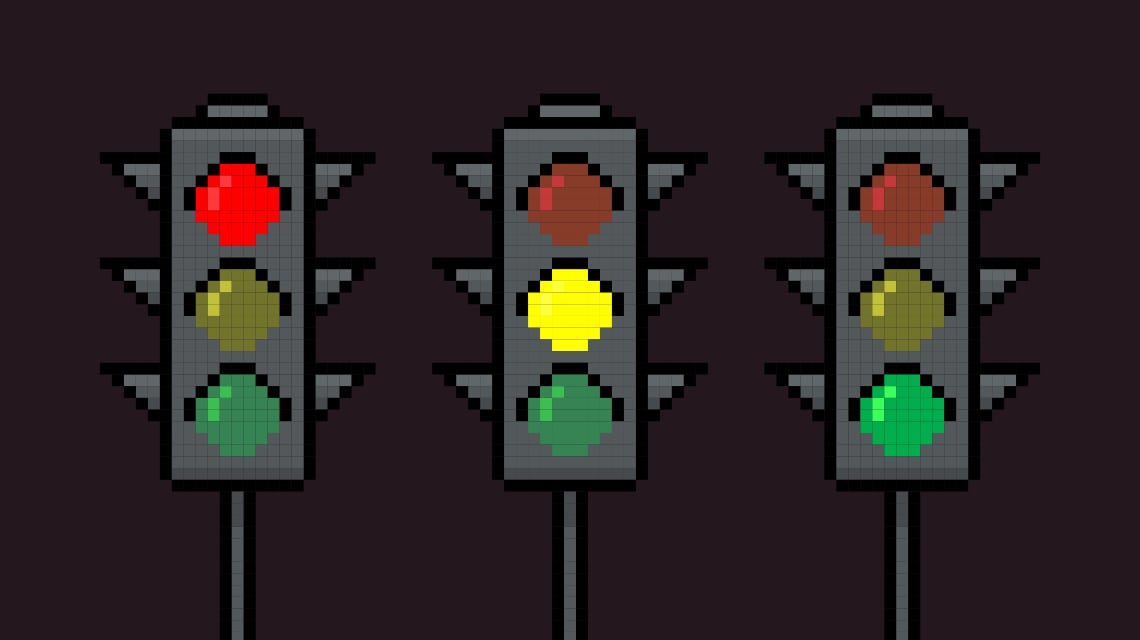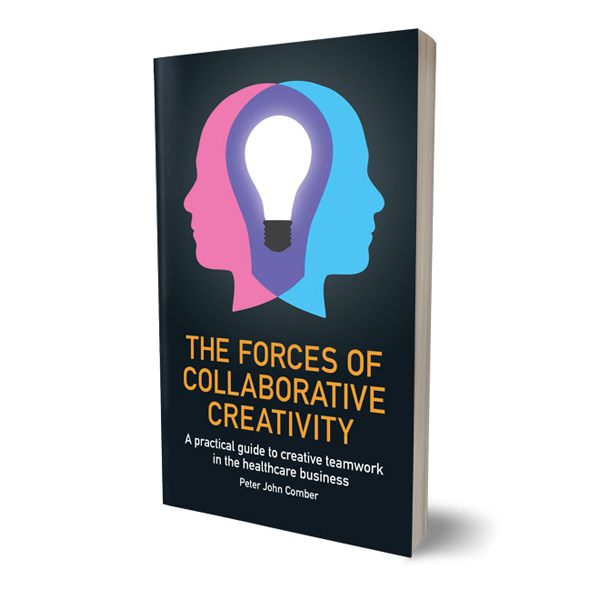Anarchy is tiring when you’re trying to get things done.
The digital realm is an unruly Wild West, time to put in some traffic lights.
The manipulation of bits and bytes has given us tools that make any individual orders of magnitude more capable than a generation ago yet productivity has not risen to reflect this and the only things that are increasing are our levels of stress and anxiety. New technology takes time to become fully integrated into society. Take the advent of automobiles for example. The United Kingdom’s Locomotive Act of 1865 stated that: “… one of such persons, while any locomotive is in motion, shall precede such locomotive on foot by not less than sixty yards, and shall carry a red flag constantly displayed, and shall warn the riders and drivers of horses of the approach of such locomotives, and shall signal the driver thereof when it shall be necessary to stop, and shall assist horses, and carriages drawn by horses, passing the same.”
This law was repealed only in 1896, so for thirty years the speed of a self-propelled vehicle was limited by that of the pedestrian walking ahead of it. Like those in the late 19th century who were involved in manoeuvring locomotives (steam-powered automobiles) we humans are the weak link that is limiting performance. Then again, the role of the person with the red flag wasn’t to help the vehicle advance swiftly, it was to protect other road users from the machine. Literally and metaphorically slowing progress was driven by a moral imperative, to avoid accidents and fatalities. It was also the result of intense lobbying by horse-drawn carriage operators keen to protect their interests.
New technology is successful if it is useful and easy to use. We have ample proof of its utility but the digital revolution has become mired by decreasing ease of use. In an attempt to prevent dishonest actors from accessing our digital realms and stealing from us, ease of use has given way to clunky and time-consuming security procedures. Collaboration between organisations has become fraught with legal, regulatory and compliance issues. Like the person with the red flag preceding the first automobiles, we are limiting the potential of new technology to limit the potential damage it can cause. Understandable and necessary but we need to do better. We need a digital Highway Code, we need an authority that determines code-roadworthiness, and we need traffic lights and pedestrian crossings. It’s counterintuitive, but anyone who has sat in a gridlocked intersection caused by a broken traffic light knows that the things that apparently slow us down are actually the only way to speed things up. As a business owner, I’d like to be able to hire people who possess the digital equivalent of a driving licence or use a service knowing that it has passed a safety test equivalent to a car’s MOT. The problem is systemic and today’s solutions are artisanal and local. We need universal digital standards and requirements; when we have them increased productivity will follow.




